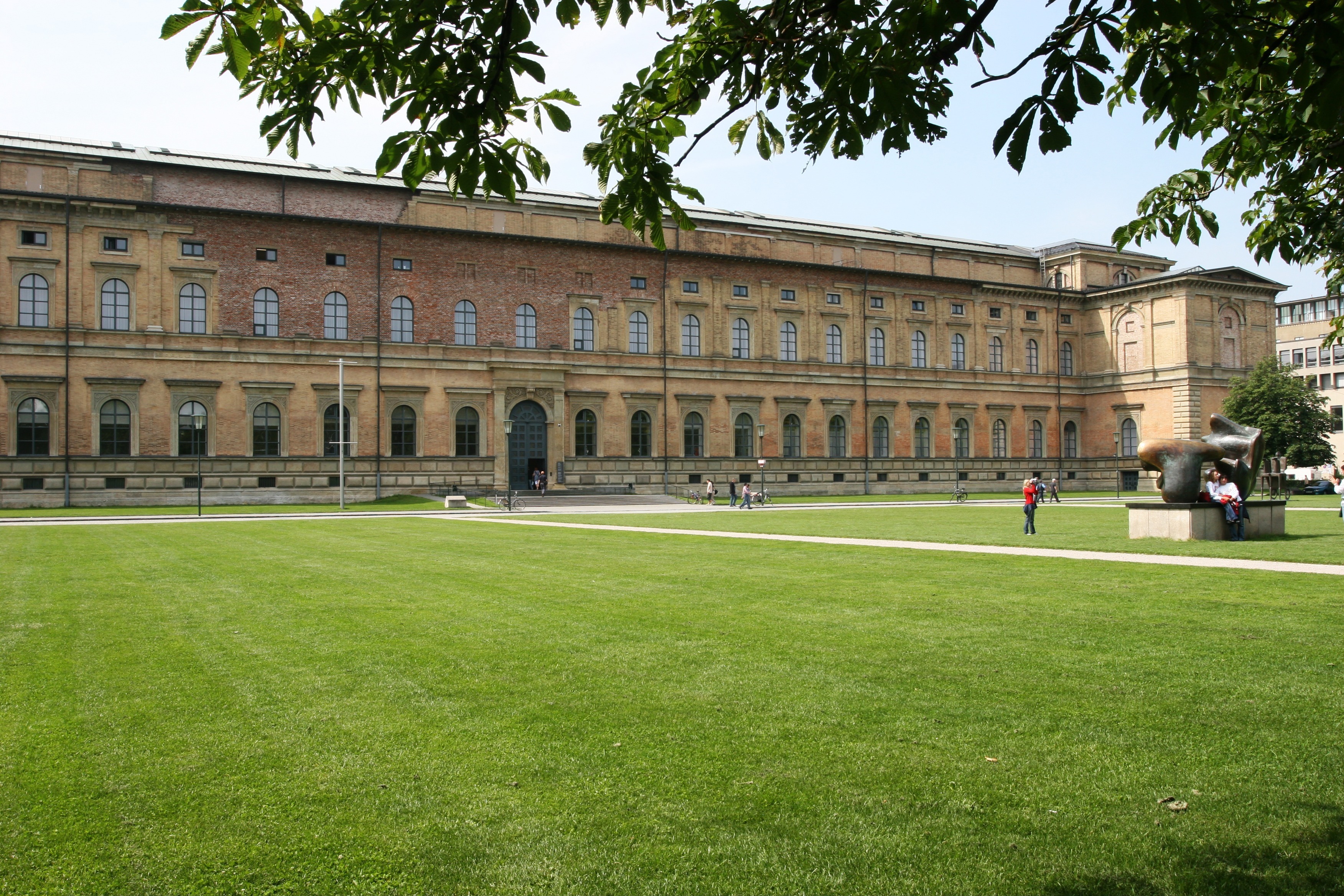
An explosive research published by the London-based Commission for Looted Art in Europe (CLAE) shows that Nazi-looted art returned to Germany after WWII by the Monuments Men on condition of restitution to the victims’ families were instead returned to the high-ranking Nazis who stole them.
The investigation reveals that
Among the high ranking Nazi families negotiating to get back looted art were the Goering, Hoffmann, Bormann, von Schirach, Frank, and Streicher families, who often negotiated directly with the director of the Bavarian State Museums and ministers in the Bavarian government.
d
Jan van der Heyden, View of a Dutch square (Holländisches Platzbild). Now in the possession of the Cathedral Church Association of Xanten, Germany. Courtesy of CLAE.
The CLAE investigation began after the family of collectors Gottlieb and Mathilde Kraus, who are still trying to recover some 160 artworks stolen from them, had good reason to believe two of their paintings would be in the state-owned museum in Munich.
“Records show they were handed over to Bavaria by the US in 1952 for the purpose of restitution,” the report reads. “To their shock, they found they had instead been given by the Bavarian State in the early 1960s to Henriette Hoffmann-von Schirach, daughter of Hitler’s close friend and photographer, Heinrich Hoffmann, and wife of the notorious ‘Gauleiter’ [Hitler’s district governor] of Vienna, Baldur von Schirach. Von Schirach was condemned at Nuremberg for crimes against humanity for the deportation of 60,000 Austrian Jews.”
It traces how von Schirach came by one small painting, Picture of a Dutch Square, by Jan van der Heyden that originally belonged to the Kraus family. The Bavarian State Galleries sold the painting to von Schirach for 300 Deutschmark, who then auctioned it off for 16,000 Deutschmarks to the Xanten Cathedral Association; it was on display in the cathedral until 2011. The Kraus’s rightful heirs have been seeking restitution of this and other paintings from the family’s collection in vain.
“All governmental agencies are required by law to make their documents accessible. And the State Art Collection is a governmental agency,” Margit Knom-Marcon, director of the Bavarian State Archive, told the Süddeutsche Zeitung. “But we do not have a single document from the State Art Collection’s archive.”